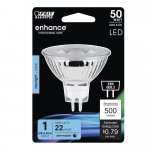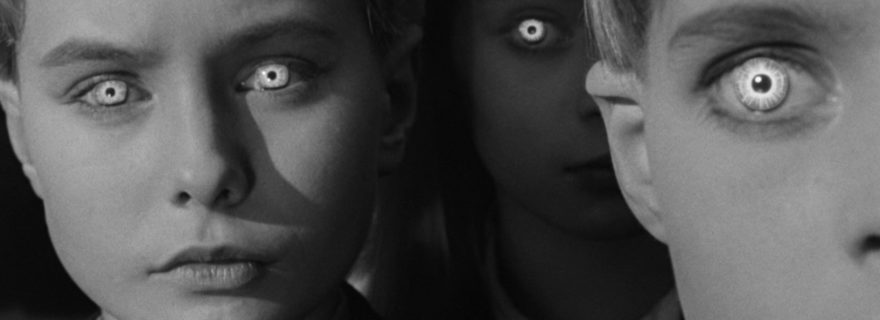Packard
Member
I moved an 8 foot run of almost-never-used track lights from my almost-never-used office to my frequently used shop.
It has warm light halogen bulbs: FNV 50W 12V GE bulbs.
I want to replace them with LED bulbs. Is there any issue with that?
From what I see the 7 Watt Single Source LED MR16 is listed as a replacement.
Five of the six bulbs are still good. One is not. Does it make sense to replace all of them, or just the one that is burned out?
It has warm light halogen bulbs: FNV 50W 12V GE bulbs.
I want to replace them with LED bulbs. Is there any issue with that?
From what I see the 7 Watt Single Source LED MR16 is listed as a replacement.
Five of the six bulbs are still good. One is not. Does it make sense to replace all of them, or just the one that is burned out?




